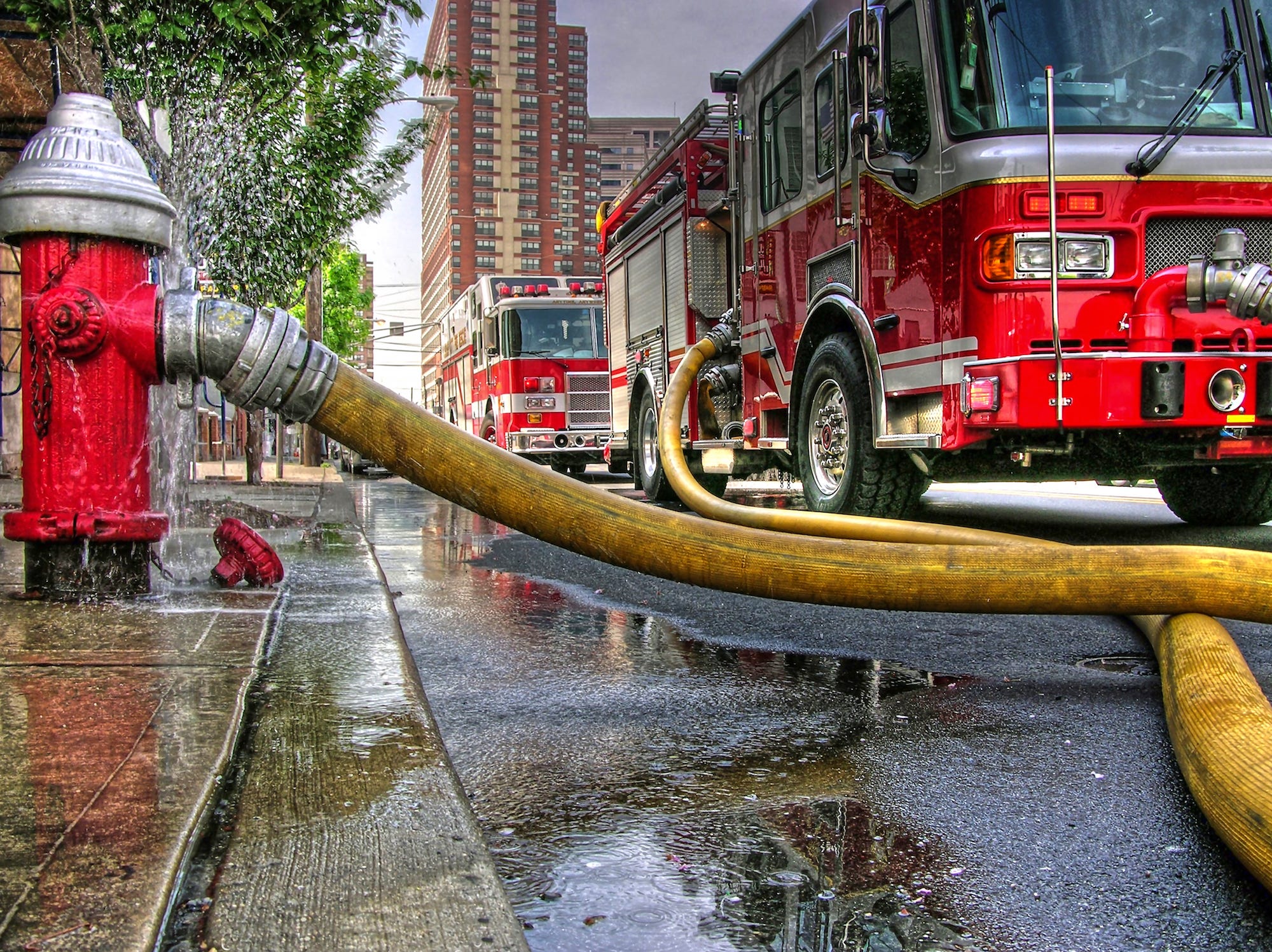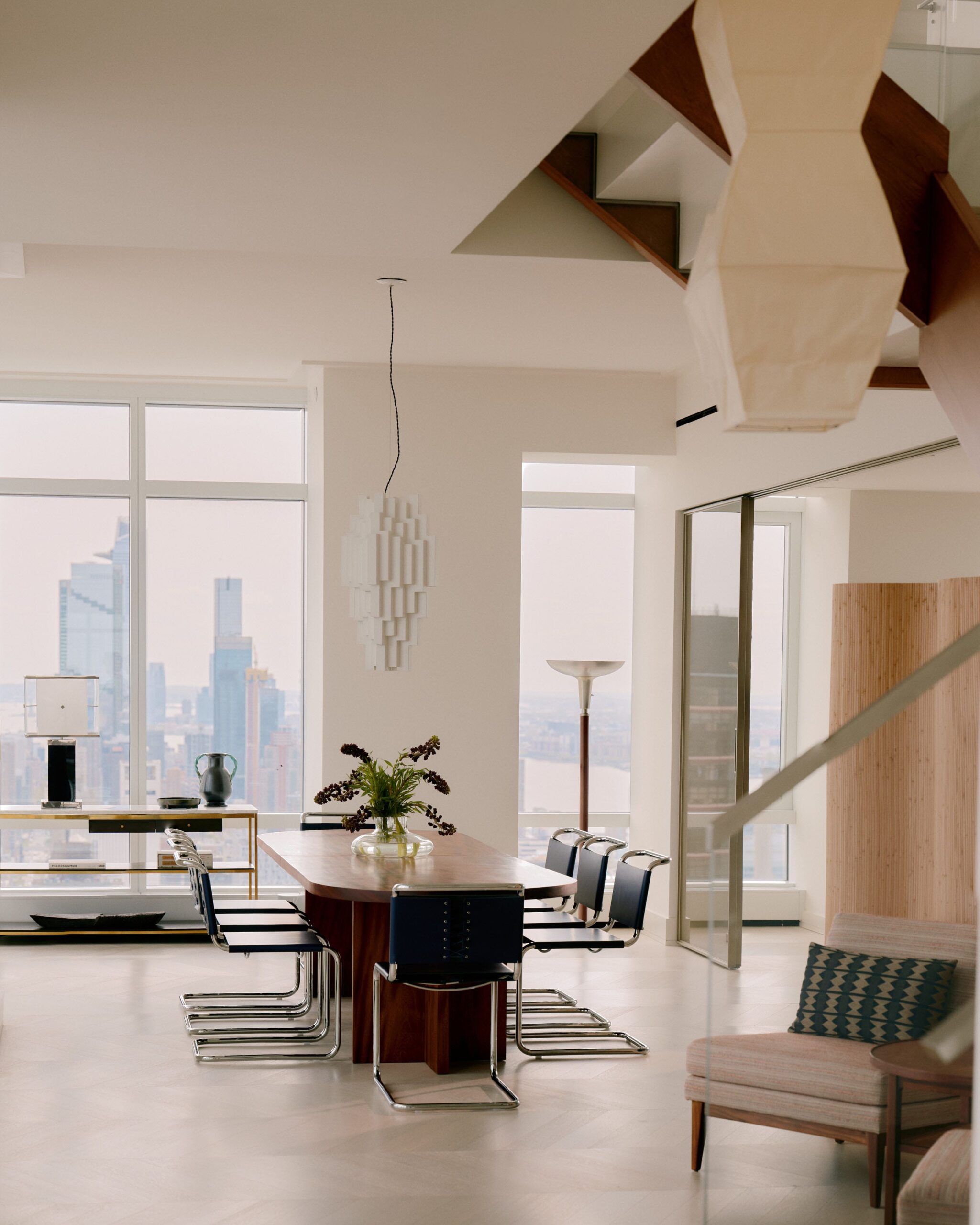Every year The Philadelphia Show brings with it some of the best examples of American and Continental antiques and art on this side of the Atlantic. The fair, which is in its 63rd year, takes place on the east terrace of the Philadelphia Museum, making for the perfect double whammy—after you walk the floor, you hit the exhibits. In past years, Olde Hope Antiques brought fine and naïve examples of American ingenuity from the 18th and 19th centuries, Peter Pap brought vibrant rugs from the Caucasus, North Africa and the Middle East, and James Robinson brought antique jewels worthy of the most refined heiress, to name a few.
This year, however, one dealer, M. Hanks Gallery, is showing a tightly edited collection of art as spiritually valuable as it is aesthetically and historically impactful. Best known among the artists in the booth is Noah Purifoy. His untitled mixed media collage from 1989 takes the form of a portrait, humorously equalizing the human form with the mundanity of everyday life. Here a face is a strainer, a tool, receiving and filtering external stimuli.
Two paintings by Walter Williams, “Sunflowers” (1977) and “Flowers” (1969) communicate the elemental in the everyday. Among the flowers in “Flowers” are a bird and a human in profile, participants in the lifecycle of the vegetation around them. Painted on a circular board, “Sunflowers” gives the distinct impression of a climate in crisis, while foregrounding the hardiness of the plant species Williams chose to highlight. The sunflowers are almost obscene in their insistence to bloom.
Henry Ossawa Tanner’s “And He Vanished Out of Their Sight” (1898) inspires real awe. Tanner was the first Black American painter to receive global recognition. Like many other Black Americans of his generation, he spent much of his adult life in France, where racial violence was less of a daily occurrence than in the United States, leaving him with the freedom to develop a powerful style and career. Aside from the fact that the only other time this painting was publicly exhibited was in 1901, at the Pennsylvania Academy of Arts, this work is also worthy of notice as it was altered after it’s exhibition. Initially, Tanner included Jesus in the haunting scene as a ghostlike figure and later painted him out. “A leading authority on Tanner, Anna Marley, said this painting can be thought of as a [stylistic] sequel to the Tanner painting owned by the Philadelphia Museum, the “Annunciation”, dealer Eric Hanks shares. “The two works also relate to one another in that they show the supernatural and divine nature of Jesus and affirm him as the son of God. Tanner, whose father was a bishop at the AME Church in Philadelphia, was saying that he truly believed Jesus to be the Messiah.”
Outside of M. Hanks booth, several other works of art engage our emotions as they do our eyes. A lithograph by Elizabeth Catlett in Dolan Maxwell’s booth exhibits the artist’s delicate attention to the facial proportions and hair of her subjects, while suggesting the artist’s investment in African sculptural traditions, Cubism and Mexican social realism. This work is a must see for anyone who missed the artist’s recent show at the Brooklyn Museum. And in Graham Shay 1857’s booth an exquisite painting from the 1960s by Japanese-Hawaiian artist Tetsuo Ochikubo hangs. The untitled work’s vaguely calligraphic markings on grey, white and blue volumes feel like a metaphor for migration, with letter or bird-like figures moving across an abstracted landscape.
The Philadelphia Show is the type of function that needs concentrated attention. Quieter than the New York fairs, its wares are no less impressive. Visit more than once while it’s open this weekend (it closes Sunday) and you will see for yourself.








